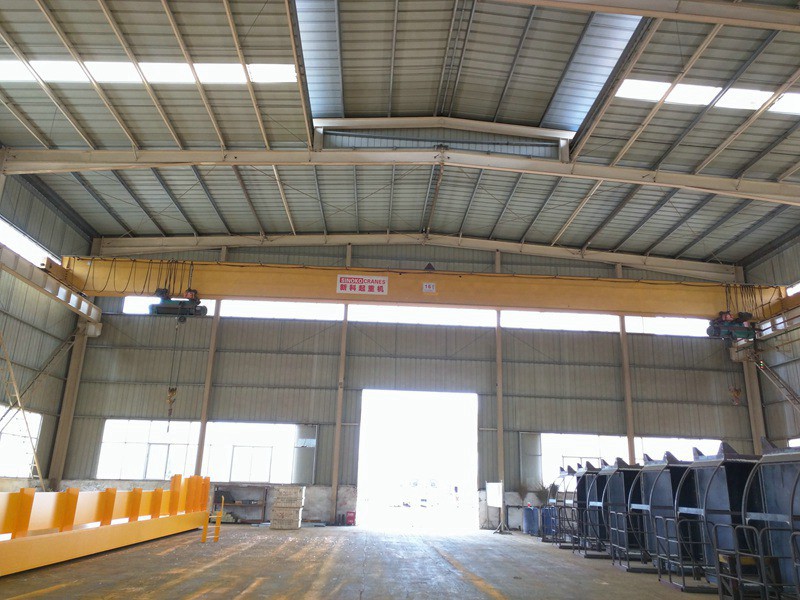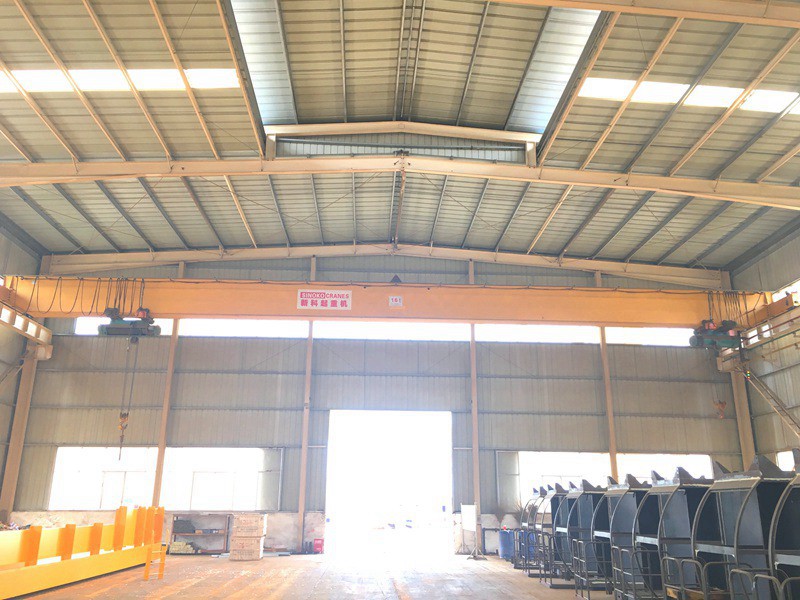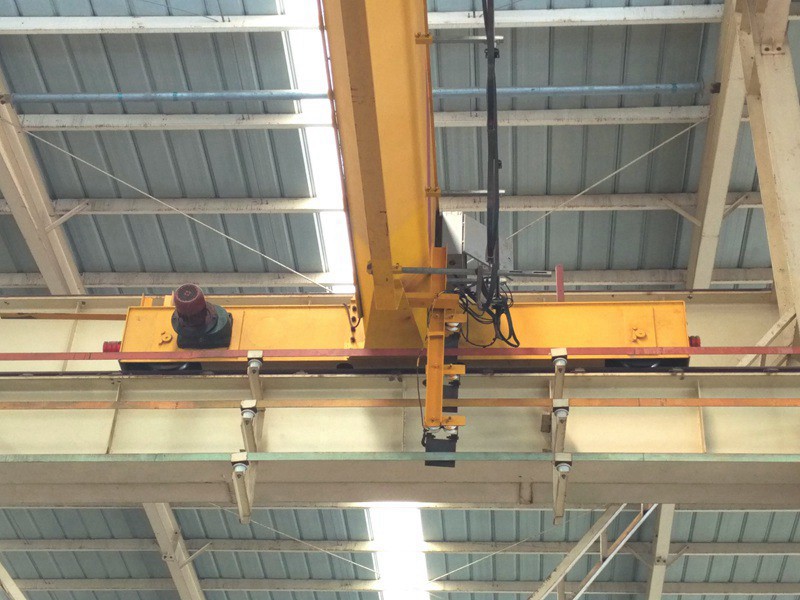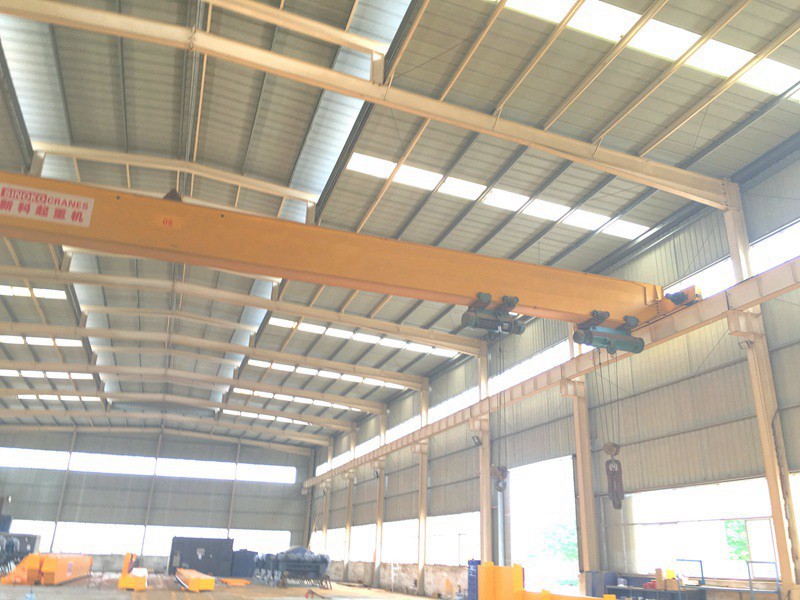Garage overhead cranes usually consist of the following components:
Bridge: The main horizontal structure, typically a single-girder design, spans the width of the garage or workshop. The bridge supports the hoist and trolley system.
Hoist and trolley: The hoist is the lifting mechanism that raises and lowers the load. It is mounted on a trolley, which moves horizontally along the bridge, allowing the load to be positioned anywhere within the crane's working area.
End trucks: These components, located at both ends of the bridge, contain the wheels that enable the crane to travel along the runway beams.
Runway beams: These parallel beams support the crane's movement along the length of the garage or workshop. They can be attached to the existing building structure or supported by freestanding columns.
Controls: Garage overhead cranes can be controlled using a pendant or remote control, allowing the operator to lift, lower, and position the load, as well as move the crane along the runways.
Light and smart structure: The garage crane is designed to be compact and lightweight, making it ideal for smaller spaces and reducing the structural load on the supporting building.
Excellent and reliable performance: The crane is engineered to provide reliable performance, ensuring safe and efficient material handling.
Space optimization: Garage cranes make the best use of available space, allowing users to move and lift loads anywhere within the facility as needed.
Reasonable bearing: The crane is designed to handle loads safely and efficiently, providing adequate weight distribution and support.
Reliable lifting mechanism, electric system, and protection devices: Garage cranes are equipped with dependable components and safety features, ensuring smooth operation and minimizing the risk of accidents or equipment damage.
Fast and stable load handling: The crane can lift and move materials quickly and stably, improving productivity and reducing the time required for tasks.
Convenient operation: Garage cranes are easy to operate, often featuring user-friendly controls such as pendant or remote controls, allowing operators to work efficiently.
High efficiency: The crane's design and features contribute to a high level of efficiency, enabling users to complete tasks quickly and effectively.
Low maintenance: Garage cranes typically require less maintenance than larger industrial cranes, reducing downtime and maintenance costs.

















